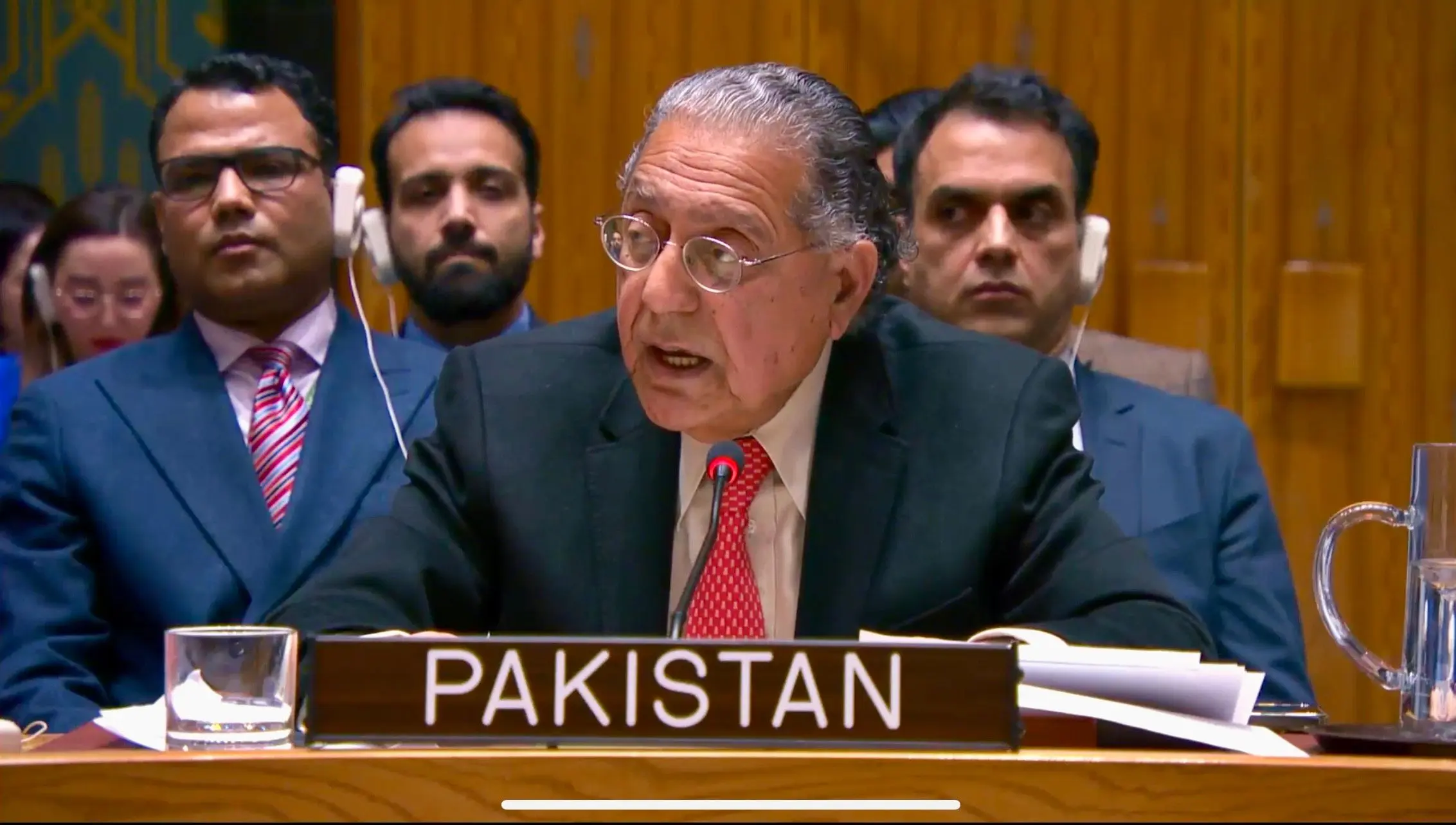Pakistan Presents Concrete Evidence as India Fails to Substantiate Claims

In a diplomatic turn of events that has stirred conversations across global platforms, Pakistan has come forward with documented evidence while India finds itself grappling with the burden of proof. The geopolitical landscape of South Asia once again witnesses a familiar standoff — but this time, the narrative is being reshaped by facts on the table.
Over the past few weeks, tensions have simmered between the two neighbors, fueled by accusations and counter-allegations. India made assertive claims regarding cross-border involvements, but when pressed for verification, it failed to provide admissible, verifiable, and internationally acceptable evidence. In contrast, Pakistan responded not with rhetoric, but with documentation — timelines, intercepted communications, and forensic analyses — all publicly disclosed.
This bold transparency from Islamabad marks a strategic pivot. It signals Pakistan’s intent to not only counter allegations but to shape the global perception with clarity and conviction. By sharing intelligence dossiers with international stakeholders and the media, Pakistan underscores its stance of responsibility and challenges its counterpart to engage in dialogue based on facts, not fiction.
Analysts believe this move strengthens Pakistan’s diplomatic posture. In an era where information warfare dominates, credibility is currency. And in this instance, Pakistan has played its hand with precision — not through megaphone diplomacy, but through methodical declassification.
India’s silence, or selective rebuttal, has left more questions than answers. The international community now watches closely. Will New Delhi step up to match Pakistan’s openness, or will ambiguity persist?
This episode is more than a bilateral spat — it’s a case study in how evidence, or the lack of it, can sway narratives, influence alliances, and shape geopolitical realities.
Would you like this blog translated into Urdu as well, or formatted for publication (e.g., SEO-optimized or styled for a particular platform)?



